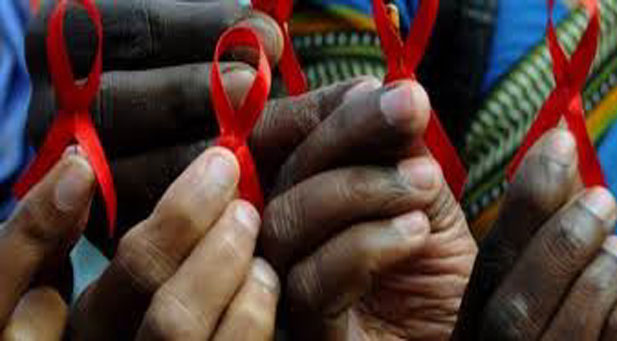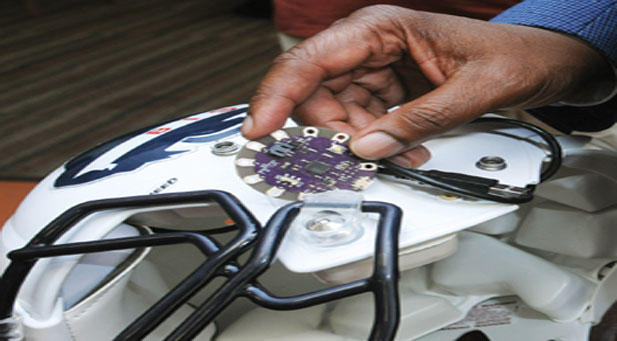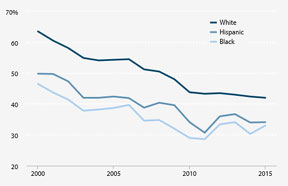

HIV/AIDS take heavy toll on Black youth
By Maya Rhodan
WASHINGTON, D.C. (NNPA) – Although Black and Latina youth represent only 35 percent of all U.S. teenagers, they accounted for 84.4 percent of all newly HIV-infected teenagers in 2010, according to the Centers for Disease Control and Prevention (CDC).
Blacks ages 13 through 24 accounted for more than a quarter of new HIV infections in 2010 in the U.S. Of the newly-infected in that age group, 57 percent of those infected are African American males, according to CDC’s most Vital Signs Report titled, “HIV Among Youth in the US.”
African-American teens comprise only 15 percent of all U.S. teenagers but were 70 percent of all new AIDS diagnoses in 20120, according to CDC.
Phill Wilson, president and CEO of the Black AIDS Institute in Los Angeles, wasn’t surprised by the findings.
“We have known that young African Americans have been disproportionately impacted among young Americans for a long time,” says Wilson. “Young gay and bi (sexual) men are impacted more. The epidemic we see is one of the worst AIDS epidemics on the planet.”
According to CDC, “About 50,000 people are infected with HIV each year, and one in four is 13 to 24 years old. Youth make up 7 percent of the more than one million people in the U.S. living with HIV. About 12,000 youth were infected with HIV in 2010.
The greatest number of infections occurred among gay and bisexual youth. Nearly half of all new infections among youth occur in African American males.”
CDC found that in 2010:
• About one in four (26 percent) of all new HIV infections is among youth ages 13 to 24 years. About four in five of these infections occur in males.
• Nearly 60 percent of new infections in youth occur in African Americans, about 20 percent in Hispanics, and about 20 percent in whites.
• More than half (54 percent) of new infections among young gay and bisexual males are in African Americans.
• About 87 percent of young males got HIV from male-to-male sex, 6 percent from heterosexual sex, 2 percent from injection drug use and about 5 percent from a combination of male-to-male sex and injection drug use.
• About 86 percent of young females got HIV through heterosexual sex and 13 percent from injection drug use.
• More new infections occurred among young African American males than in any other group of youth by race/ethnicity and sex.
Especially troubling, CDC officials say, approximately 60 percent of youth with HIV do not know they are infected and therefore don’t receive treatment and can unknowingly transmit HIV to others.
“High rates of HIV and other STDs in many African American and gay communities increase the risk of becoming infected with each sexual encounter,” says Dr. Kevin Fenton, the director of the National Center for HIV/AIDS, Viral Hepatitis, STD and TB Prevention.
In 2010, a total of 5,600 Black males were diagnosed with HIV, nearly three times the number of White and Hispanic males. Among young women, African Americans accounted for 1,400 new cases, compared to 280 White women and 290 Hispanic women ages 13-24.
Only 13 percent of all high school students say they’ve been tested for HIV, along with 22 percent of sexually active teens. Among 18-24 year olds, only 35 percent have ever been tested for HIV.
The CDC report says, “Youth who are sexually active can reduce their risk of HIV infection by choosing to stop having sex. They can also limit their number of sex partners, not have sex with an older partner who may be more likely to already have HIV, and use a condom every time.”
Wilson, head of the Black AIDS Institute, worries about what happens after a person tests positive.
“An HIV test is not the same as using a condom. It’s not the same as being in treatment,” says Wilson. “While knowing your status is an important step, but it’s not the end of the road. We need to be committed to making treatment a priority.”
Raniyah Copeland, director of Training and Capacity Building at the Black AIDS Institute, says: “There are people who still think you have to look a certain way or act a certain way to get HIV–that you have to be gay or you have to be poor or you have to use intravenous drugs, but that’s not the case in the Black community,”
She added, “There’s no face of HIV because we’re all affected by it. Young people are not aware of how much more of a risk they’re at because of their age.”





Be the first to comment